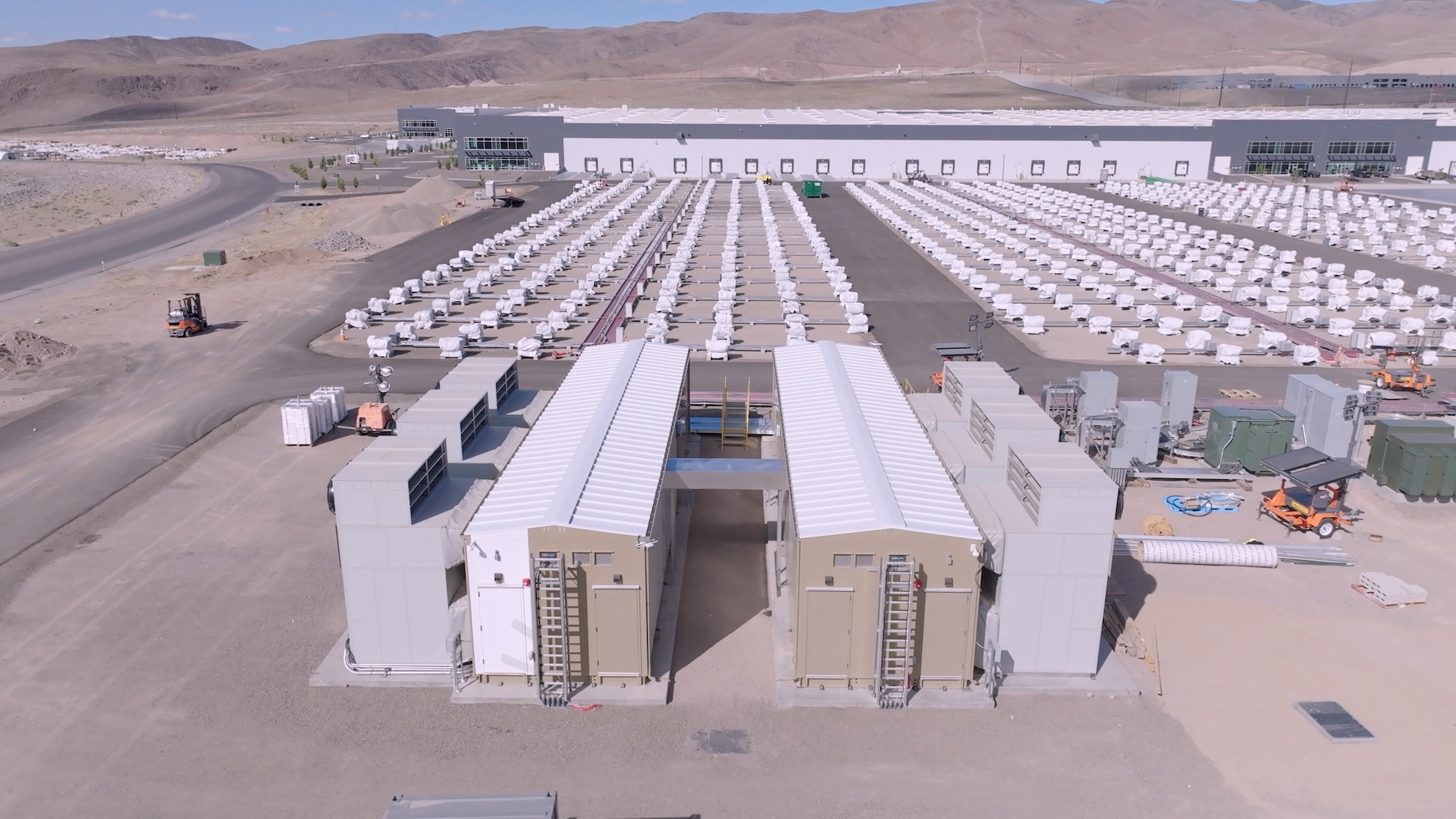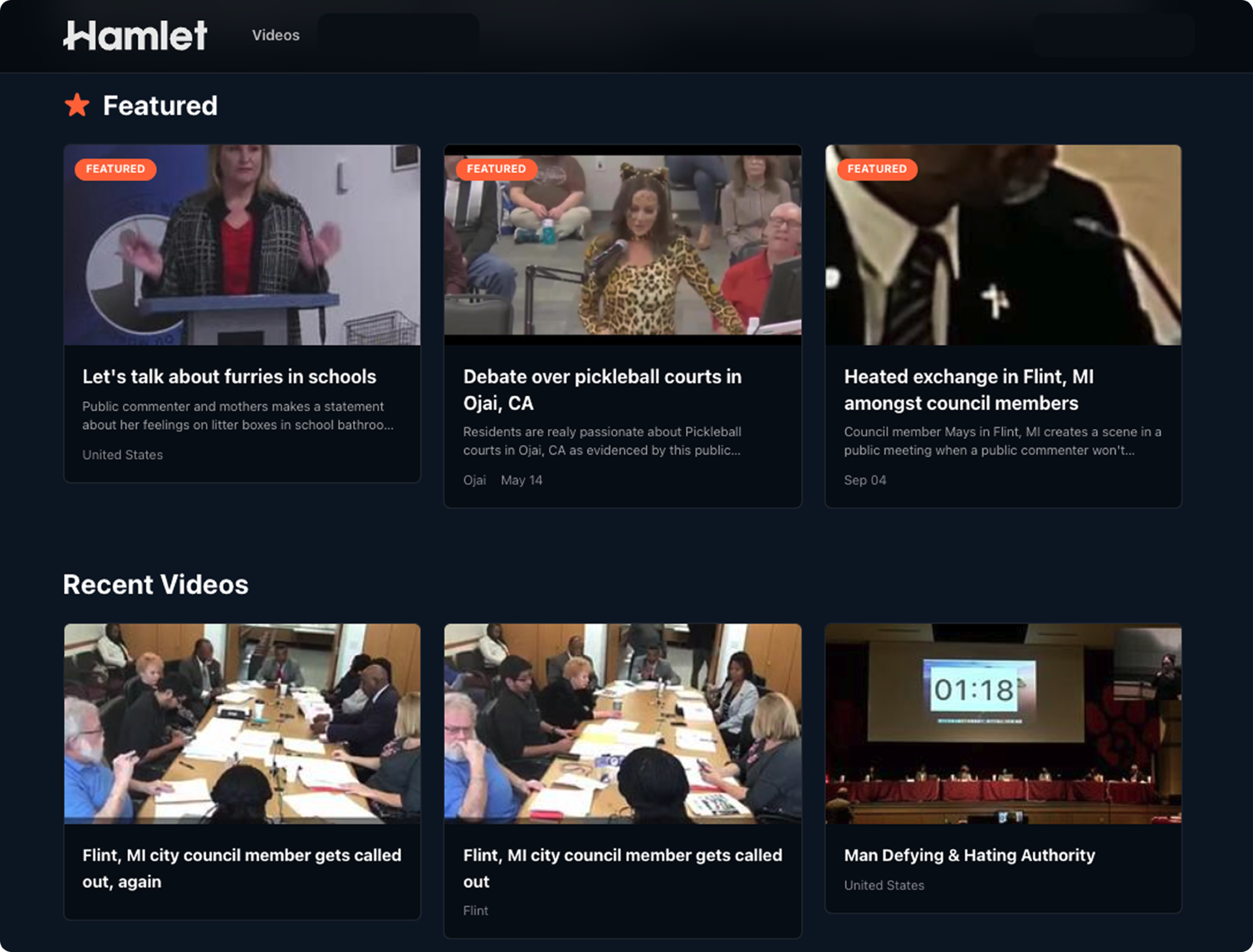
Australia is set to embark on a pioneering energy initiative, offering millions of its citizens up to three hours of free electricity daily starting in July 2026. This groundbreaking move, announced by the Australian government, signals a significant return on the nation’s substantial investment in solar power infrastructure, transforming how residents interact with their energy supply. The "Solar Sharer" plan initially targets electricity customers in New South Wales, South Australia, and the southeastern part of Queensland, with aspirations for broader rollout across the continent.
The "Solar Sharer" Initiative: A New Paradigm
Under the innovative "Solar Sharer" program, households will be eligible for free electricity during specific midday hours, a period when solar generation typically peaks. Crucially, this benefit extends beyond those with rooftop solar installations; residents in apartments or homes without suitable rooftops can still qualify, provided they have a smart meter installed. This inclusive approach aims to democratize the benefits of Australia’s solar boom, ensuring that a wider segment of the population can participate in and profit from the country’s renewable energy success.
The precise hours for the free electricity have not been definitively set, but analysts widely anticipate them to fall between 11 a.m. and 2 p.m. This timeframe aligns perfectly with the optimal performance of solar arrays. Customers will need to opt-in to the program, which is designed to subtly encourage a shift in energy consumption patterns. The underlying goal is to incentivize residents to perform energy-intensive tasks, such as charging electric vehicles, running washing machines, or operating dishwashers, during these solar-rich periods. Chris Bowen, Australia’s Minister for Climate Change and Energy, articulated the vision, stating that the nation has reached a point where it can share more of its abundant solar power with its citizens, fostering both economic relief and environmental stewardship.
Australia’s Remarkable Solar Journey: A Historical Context
Australia’s trajectory towards becoming a global solar powerhouse has been nothing short of extraordinary. Blessed with some of the highest solar insolation rates globally, comparable to vast swathes of the U.S. Southwest or southern Europe, the continent holds immense natural potential for solar energy generation. However, it was a confluence of proactive government policies, declining technology costs, and a culturally ingrained inclination towards self-sufficiency that truly catalyzed the widespread adoption of rooftop solar.
The journey began in earnest over a decade ago, with various federal and state-level incentives, including feed-in tariffs and rebates, making solar panel installation increasingly attractive for homeowners. As the global manufacturing of solar photovoltaic (PV) panels scaled up, costs plummeted, making the technology more accessible. By the mid-2010s, Australia was already leading the world in per capita rooftop solar installations. This rapid uptake has continued unabated, reaching a remarkable milestone where more than one in three Australian homes now boast solar panels on their roofs. This penetration rate significantly outpaces many other developed nations, underscoring a unique societal commitment to renewable energy.
A critical factor contributing to Australia’s solar success story is the relatively low cost of installation. Reports indicate that rooftop solar installations in Australia average around $840 (U.S.) per kilowatt of capacity before rebates. This figure stands in stark contrast to, for example, U.S. households, which often pay three times that amount. This cost advantage is attributable to several factors: a highly competitive market with numerous installers, streamlined regulatory processes in many regions, efficient supply chains, and potentially more cost-effective labor compared to some international counterparts. This combination has created a virtuous cycle, where lower costs drive higher adoption, which in turn fosters further market competition and efficiency gains.
The Economics of Abundance: Navigating Negative Prices
The sheer volume of solar power flowing into Australia’s grid during daylight hours has introduced a unique set of challenges and opportunities. During periods of peak solar generation, especially on sunny days with lower overall electricity demand, the supply of electricity can overwhelm the grid’s capacity or immediate consumption needs. This oversupply can lead to a phenomenon known as "negative electricity prices," where wholesale electricity prices drop below zero, meaning generators effectively pay the grid operator to take their excess power. In some instances, this translates to power providers actually paying customers to consume energy.
While negative prices might sound like a consumer’s dream, they represent a complex challenge for grid operators and energy markets. They signal a mismatch between generation and consumption, potentially leading to curtailment of renewable energy (where solar farms are told to stop generating) or grid instability. The "Solar Sharer" plan emerges as a strategic and innovative response to this abundance. Rather than viewing excess solar as a problem to be managed through curtailment or expensive storage, the government is reframing it as a resource to be leveraged, directly benefiting consumers while simultaneously stabilizing the grid.
Shifting Demand for a Sustainable Grid
The primary objective of the free electricity hours is not merely to provide economic relief, but to strategically rebalance the national energy grid. Minister Bowen emphasized this point, explaining that the initiative facilitates "transferring the use of power from nighttime – when power is more expensive because it’s being run more by coal and gas – to the middle of the day when it’s being run by renewable energy." This shift is critical for several reasons.
Firstly, it reduces evening peak demand. Traditionally, electricity demand surges in the late afternoon and evening as people return home, turn on lights, cook dinner, and use appliances. This evening peak is often met by "peaker plants," which are typically gas-fired or coal-fired facilities that can be brought online quickly but are less efficient and more polluting than baseload power. By encouraging significant load shifting to midday, the "Solar Sharer" plan aims to flatten the evening peak, thereby reducing reliance on these more expensive and carbon-intensive sources.
Secondly, the initiative contributes to the efficient utilization of Australia’s existing and burgeoning grid-scale battery storage capacity. While Australia has been actively investing in large-scale battery projects to absorb excess solar power and dispatch it during peak demand, shifting consumer behavior can alleviate some of the pressure on these storage solutions. If more energy is consumed directly during generation peaks, less needs to be stored, optimizing the existing infrastructure and potentially reducing the need for additional, costly battery deployments in the immediate future. The synergy between smart meters, smart appliances, and consumer incentives is pivotal here, enabling automated or conscious decisions to align energy-intensive activities with the periods of free, clean power.
Broader Market, Social, and Cultural Impacts
The "Solar Sharer" initiative is poised to trigger significant ripple effects across Australia’s social, economic, and cultural landscapes.
Social Impact: Perhaps most profoundly, the plan addresses energy affordability. For many households, particularly those with lower incomes or those renting and unable to install their own solar panels, energy bills represent a substantial financial burden. Free electricity, even for a few hours daily, can translate into meaningful savings, enhancing household budgets and reducing energy poverty. It also democratizes access to the benefits of renewable energy, ensuring that the environmental and economic advantages of solar are shared more broadly across society, not just by those who can afford initial solar panel investments.
Economic Impact: The policy is likely to stimulate innovation in the smart home technology sector. As consumers seek to maximize their free electricity hours, demand for smart appliances that can be programmed to operate during specific times, or energy management systems that optimize household consumption, is expected to rise. This could foster new businesses and job creation within the clean tech sector. Traditional energy retailers, however, may face pressure to adapt their business models, potentially shifting towards more dynamic pricing structures or offering value-added services beyond just supplying power. The overall savings for consumers could also translate into increased discretionary spending, providing a minor boost to the broader economy.
Cultural Shift: Over time, the program could lead to a subtle but significant cultural shift in how Australians perceive and use energy. The act of consciously timing household chores or EV charging to coincide with midday solar peaks could foster a greater awareness of energy sources and consumption patterns. It normalizes the idea of renewable energy as the primary, most accessible, and even "free" power source, further cementing Australia’s identity as a leader in sustainable living.
Global Parallels and Future Outlook
While Australia’s "Solar Sharer" plan is distinctive in its regularity and broad application, the concept of leveraging renewable energy peaks for consumer benefit is not entirely unprecedented. In the United Kingdom, for instance, Octopus Energy has offered an "Agile" plan that occasionally provides customers with periods of free or even negatively priced electricity, driven by high wind or solar generation. However, these occurrences are often sporadic. Australia’s commitment to a regular, scheduled period of free power sets a new benchmark for how nations can integrate abundant renewables into daily life.
The success of this program in New South Wales, South Australia, and southeastern Queensland will undoubtedly be closely watched by policymakers and energy experts worldwide. Given Australia’s vast solar resources, with population centers receiving sunlight levels comparable to much of the U.S. or southern Europe, the potential for similar models in other sun-drenched regions is considerable. As solar technology continues to advance and installation costs further decline globally, the idea of daily free electricity could transition from an ambitious policy to a common reality in numerous countries.
Conclusion
Australia’s "Solar Sharer" initiative represents more than just a generous government handout; it is a sophisticated, forward-thinking strategy to harness the nation’s burgeoning solar capacity for both economic and environmental good. By offering free midday electricity, Australia is not only providing tangible relief to millions of households but is also intelligently managing its grid, reducing reliance on fossil fuels, and fostering a deeper societal engagement with renewable energy. This bold step positions Australia at the forefront of the global energy transition, demonstrating how an abundant natural resource, combined with innovative policy, can fundamentally transform the relationship between citizens and their power.





